Industry
The origins of the Albo factory, one of the most notable canneries in Candás, date back to 1895. In that year, the firm Albo y Arredondo promoted the installation of two factories in Asturias, one in San Juan de la Arena and the other one in Candás, two of the towns with the longest tradition in this sector. After the death of its founder, Carlos Albo Kay, in 1909, the company name was changed to Vda. e Hijos de Carlos Albo.
Coinciding with a period of prosperity and with the expansion of the canning industry, the company opened new facilities in the following years. These were located in Lastres, Ribadesella and Puerto de Vega, in Asturias. Another factory was also opened in Cillero, Lugo (Galicia).
The Candás cannery, which had been fully operational since the second decade of the century, was modernised together with its equipment and machinery. The architect Manuel del Busto was responsible for the project to improve and extend the facilities in 1919. This project was followed by successive alteration and transformation works resulting from the changes that were gradually introduced in the production process.
The most significant works and investments were undertaken in the Spanish autarchic period, particularly in the 1950s, with the installation of the vacuum packaging factory, following the designs of Bienvenido Alegría. A new garage and a canteen were also built, and the tinplate container manufacturing buildings were refurbished, following the design of the architect Mariano Marín. New production halls, mechanical workshops and warehouses were put into operation for a production oriented towards the national market. Over the years, this production started to be preferably directed towards the export of tuna to other countries, like Switzerland.
In 2009, the century-old Albo factory closed its doors for good. Years before, the painter Alfredo Menéndez had painted two murals on the outside of the factory as part of the Candás open air painting museum project. These murals were dominated by designs of fishing-related tasks, of course.


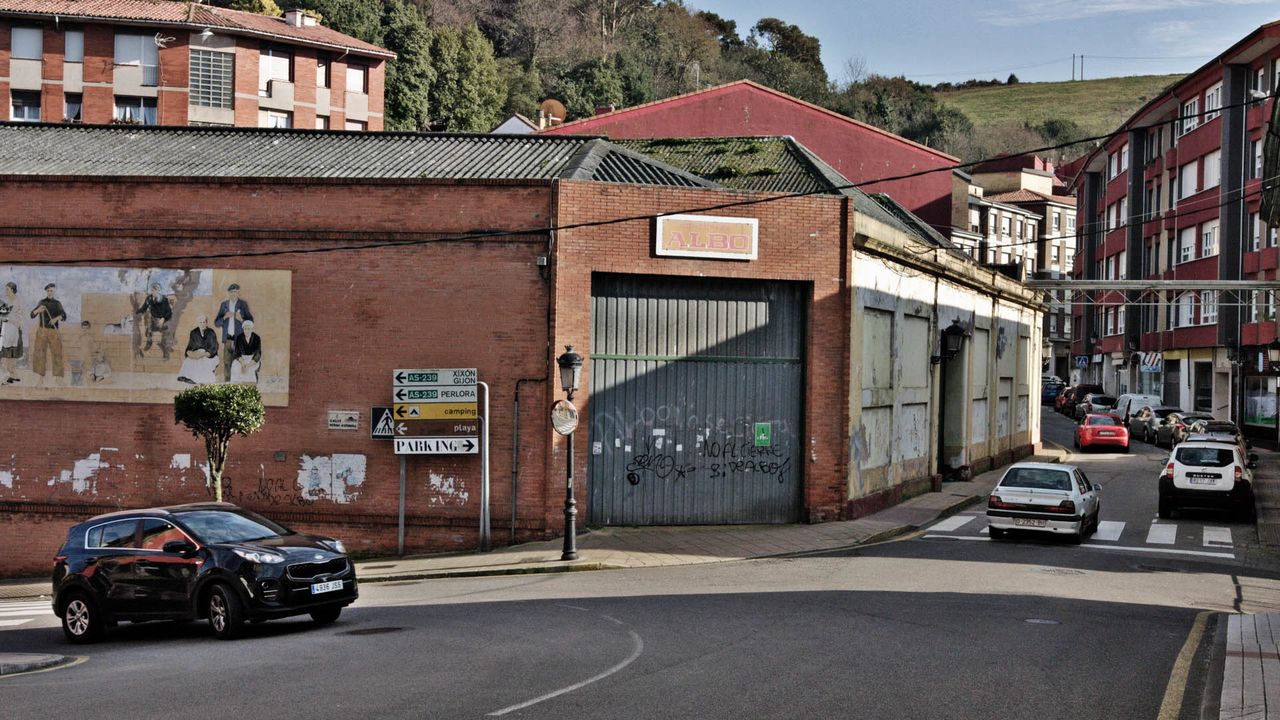



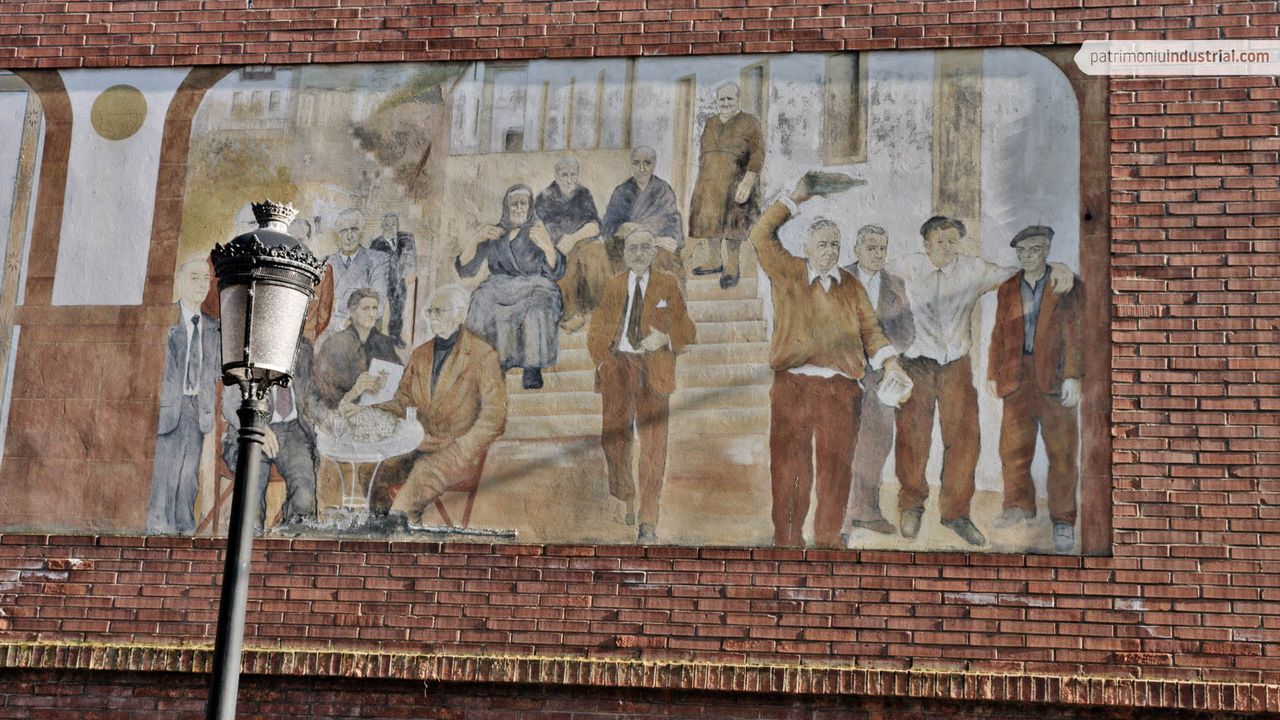

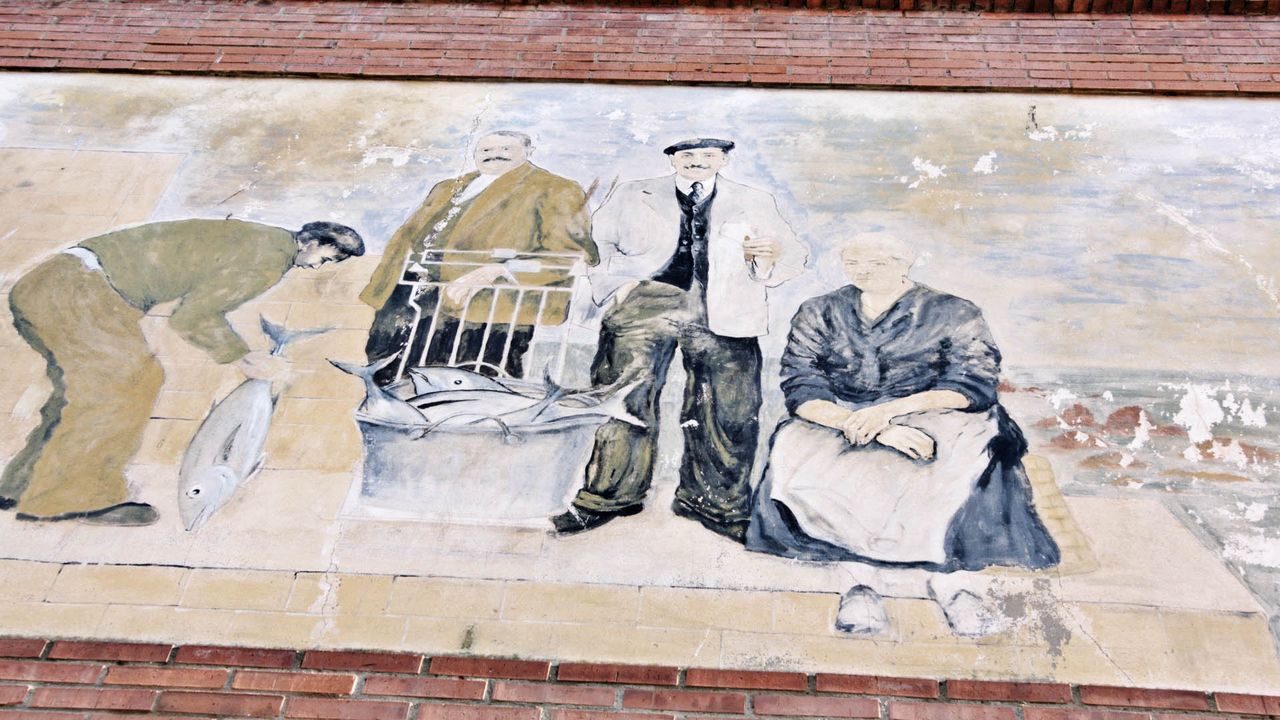
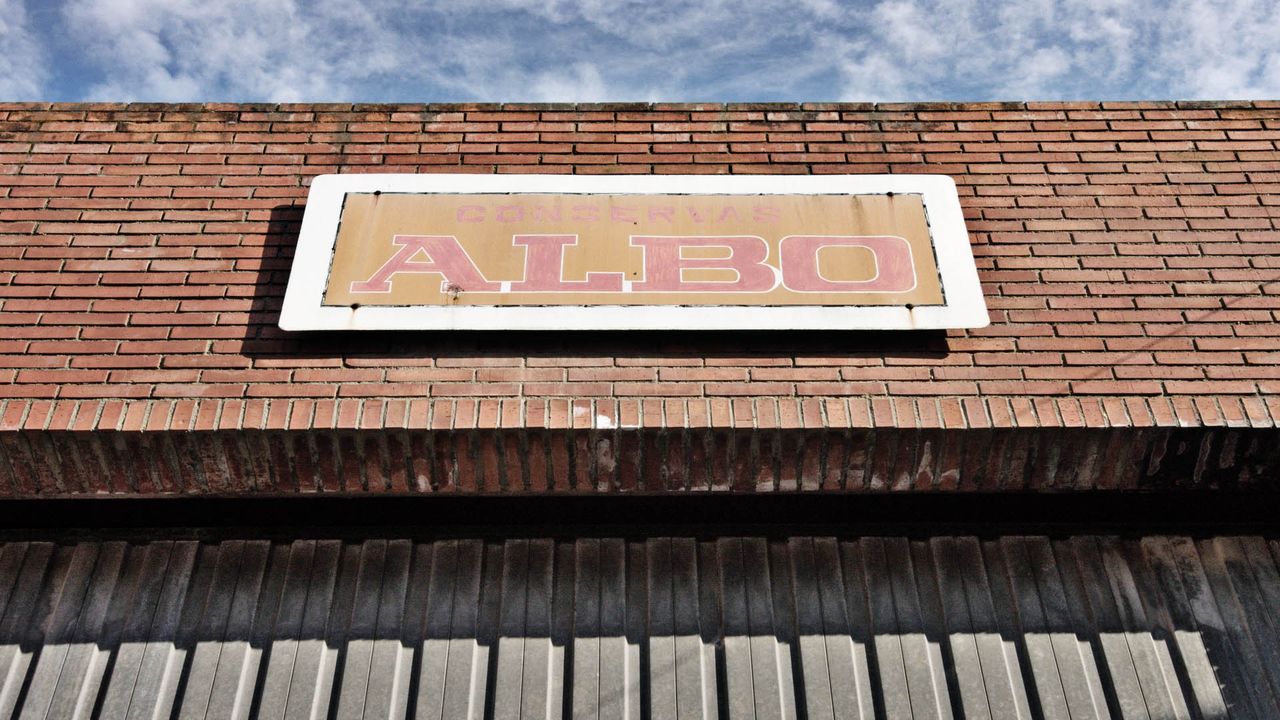

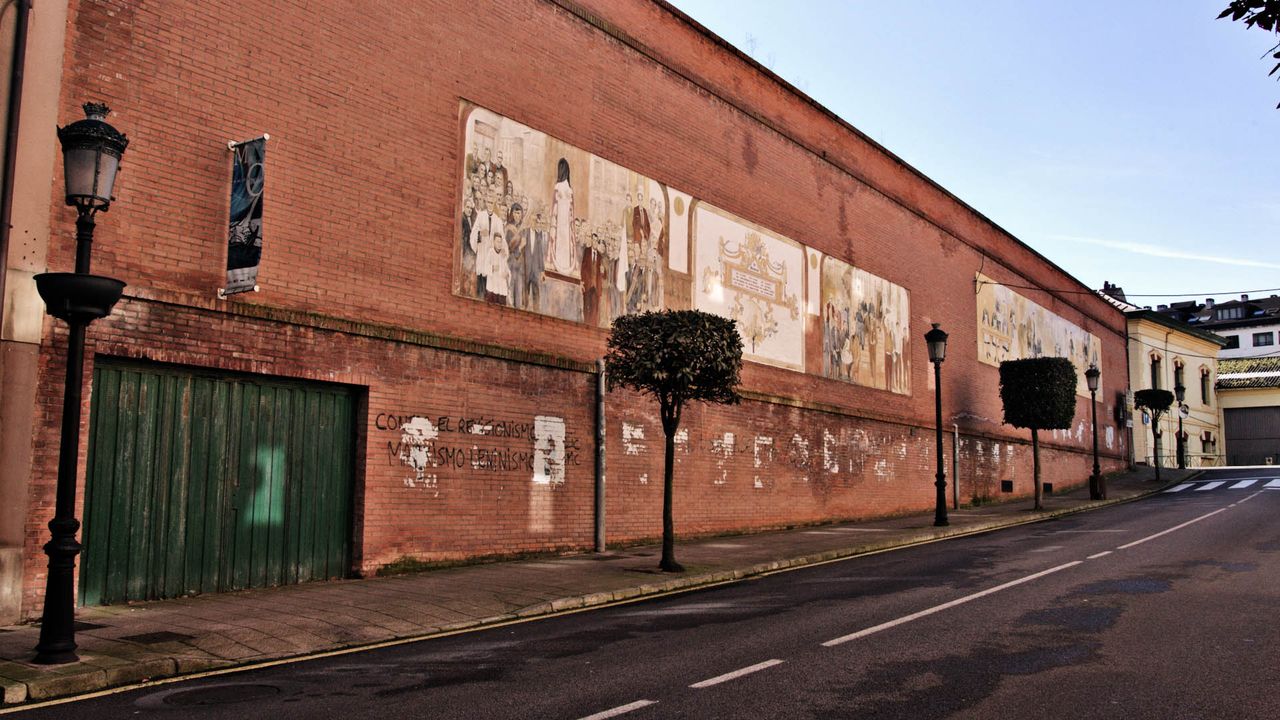
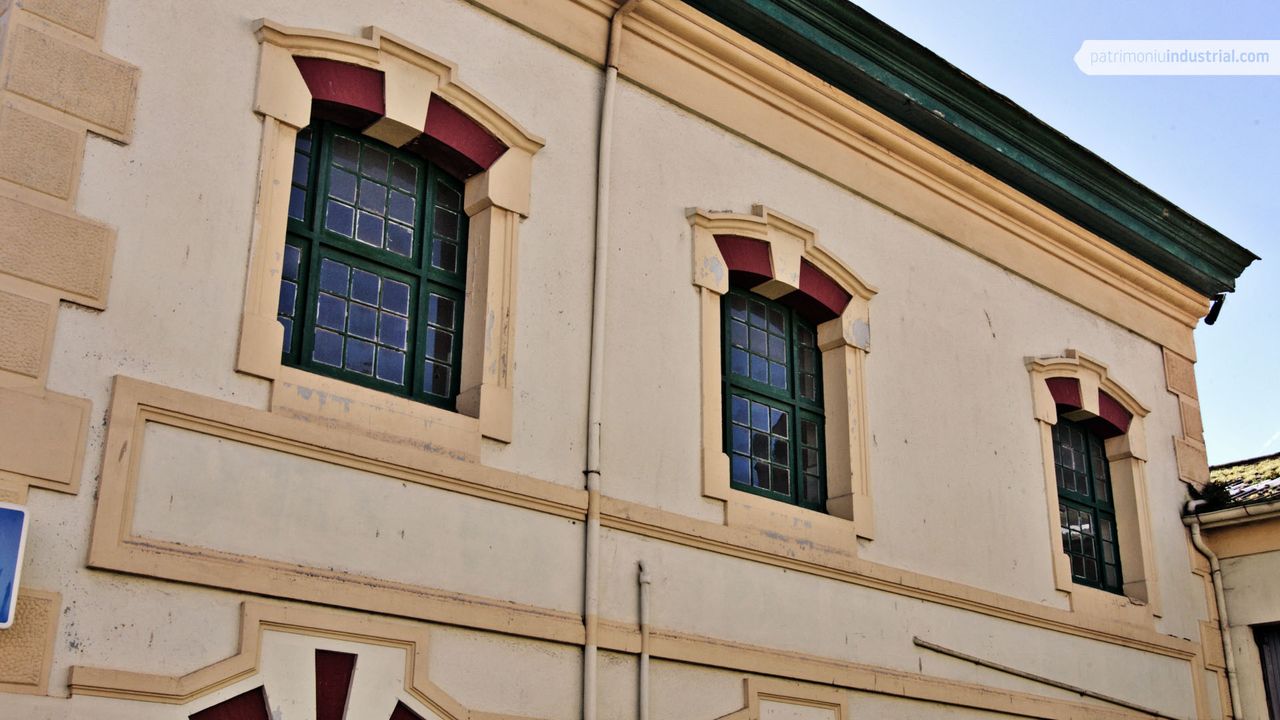
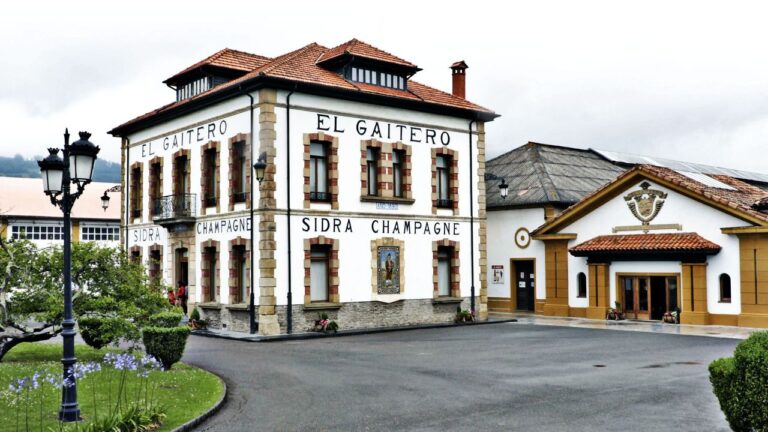

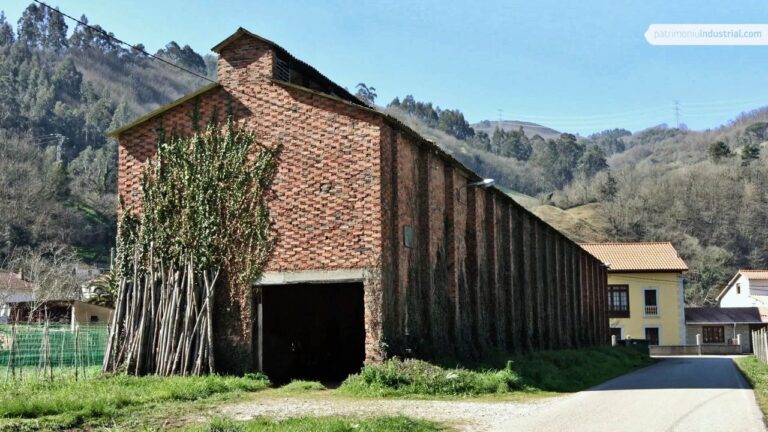

Recent Comments